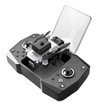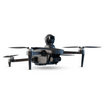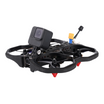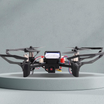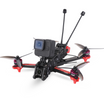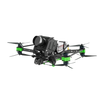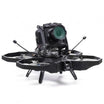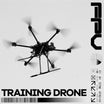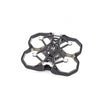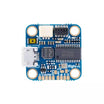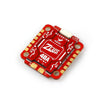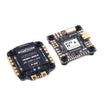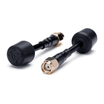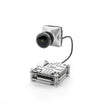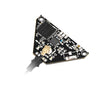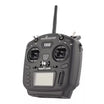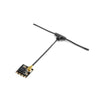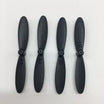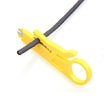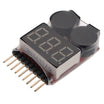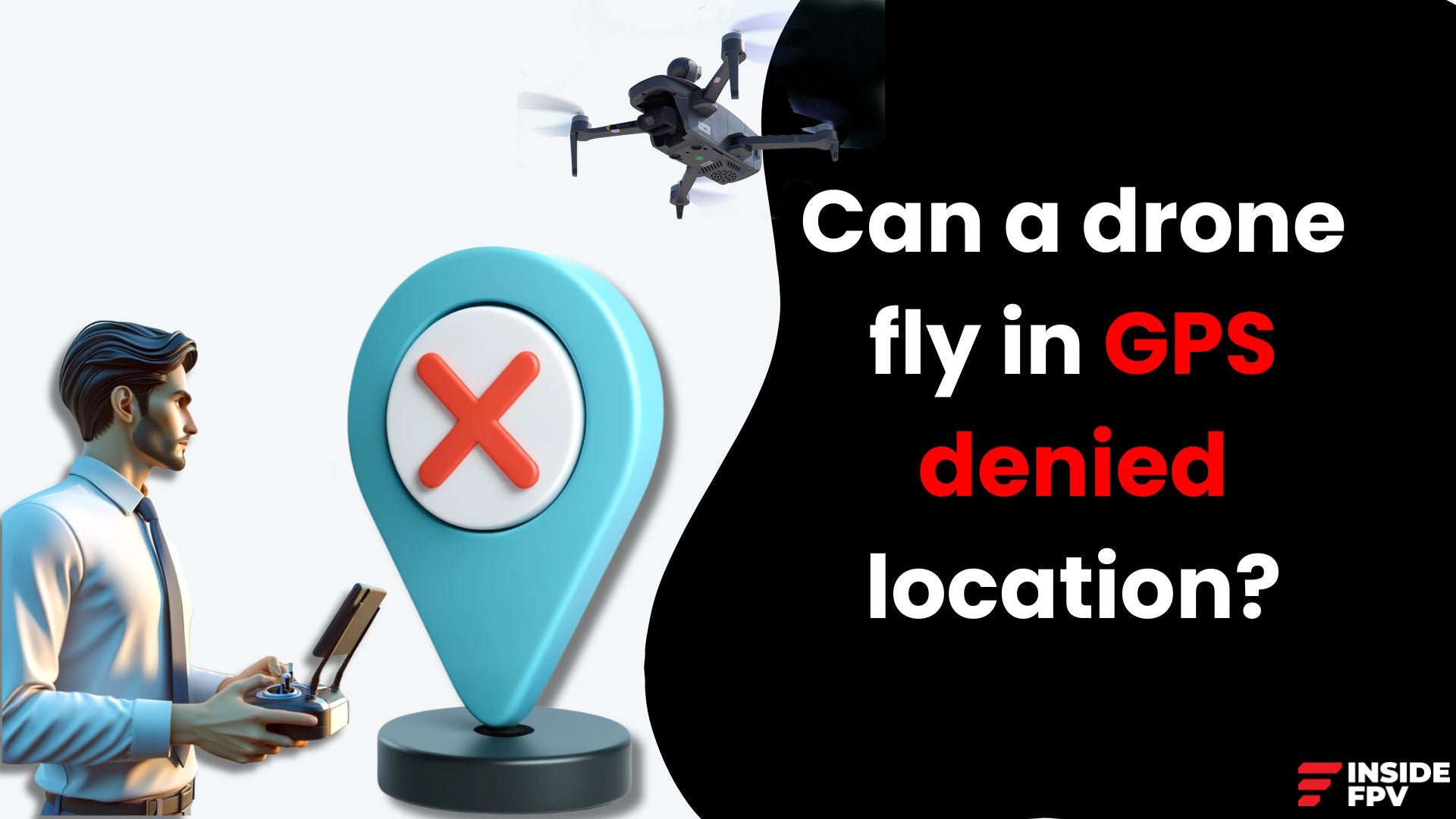Drones, also known as unmanned aerial vehicles (UAVs), are aircraft that can fly without a human pilot on board. The use of drones has expanded rapidly in recent years thanks to advancements in technology that have made them more versatile, affordable and easy to use.
Current Uses of Drones
Drones are currently being used for a diverse range of applications:
Military:
Drones continue to be used extensively by militaries for surveillance, intelligence gathering, and even offensive strikes. Their ability to conduct operations without putting human pilots in harm's way makes them invaluable.
Law enforcement:
Police and federal agencies use drones for surveillance, pursuit of suspects, and investigations especially in hazardous areas. Drones provide a cost-effective eye in the sky.
Disaster response:
Drones are used to survey damage, detect survivors, and gain situational awareness during natural disasters like floods, fires, and earthquakes. Their quick deployment makes them a first responder's dream.
Infrastructure monitoring:
Drones can inspect critical infrastructure like power plants, pipelines, railways, bridges etc. to check for damage and wear-and-tear. This helps reduce risks and costs.
Journalism:
Media companies use drones to capture unique aerial footage and perspective for news reports and documentaries.
Entertainment:
Drones are used in filmmaking to get dramatic bird's-eye shots. Their agility allows innovative camerawork.
Commercial services:
Drones are used for services like photography, videography, surveying land, delivery of small packages, etc. Their services are more flexible and cost-effective than conventional methods.
Integration with Other Key Technologies
The full potential of drones is being realized by integrating them with other key technologies like AI, robotics, sensors, networks, Big Data analytics etc.
Artificial Intelligence:
AI allows drones to operate with more autonomy and intelligently analyze sensor data to support decision making. AI can be used for object detection and avoidance.
Robotics:
Drone designs are incorporating more robotic features to add dexterity and manipulation ability. This allows them to interact with objects in their environment.
Sensors:
Sensors like LiDAR, radar, and multiple high-resolution cameras give drones greater situational awareness and navigation capability when integrated.
5G networks:
With 5G cellular networks, drones can relay high-definition video feeds and telemetry data faster for effective command and control.
Big Data analytics:
The terabytes of visual and sensor data captured by drones can provide invaluable insights when processed via Big Data analytics in areas like agriculture, insurance, and urban planning.
Industries Being Revolutionized by Drones
Drones are transforming a diverse array of industries:
Agriculture:
Drones enable efficient crop monitoring, identify irrigation issues, spray pesticides, and aid in precision farming. They can help farmers increase yields and reduce costs.
Delivery:
Companies are exploring drone delivery services to transport small packages, food orders, medicines, etc. to customers in minutes while avoiding traffic.
Insurance:
Drones are used in property inspection and claims assessment for damage from natural disasters like hail storms and hurricanes. This reduces claims processing time.
Oil and gas:
Drones conduct pipeline, rig, and platform inspections to identify equipment corrosion, methane leaks, vegetation overgrowth etc. far more safely and cost-effectively than manual methods.
Construction:
Drones survey construction sites to track progress and ensure execution as per plans. They can create 3D site maps for planning earthworks and locating issues.
Mining:
For surveying open pit mines, drones with LiDAR provide very precise terrain data to plan drilling sites and blast patterns efficiently. Stockpile measurement is automated.
Search and rescue:
Thermal imaging drones can locate missing persons and identify rescue sites rapidly during search and rescue operations. They also deliver emergency supplies.
Wildlife conservation:
Anti-poaching drones patrol protected areas to detect poachers. Wildlife population surveys are conducted precisely using drones causing minimal disturbance to animals.
Filmmaking:
Drones enable dynamic aerial shots for films and commercials. Their stabilization gimbals, Object tracking sensors and intuitive controls vastly expand cinematographic possibilities within regulatory limits.
Insidefpv: An Indian drone tech startup working on a Next-Gen Smart Drone operating system to enable drones to revolutionize inspection, mapping and data analytics across industries. Their drones exemplify the Make in India vision and will unleash the power of Indian drone tech innovation across vital sectors.
The Future of Drones
Drones have already made huge strides from their humble beginnings. But experts predict drone capabilities and applications will advance dramatically in the coming years:
-
Complete autonomy
-
Enterprise drone fleets
-
Drone taxis
-
Nano-drones
-
Drone manufacturing
-
Drone legislation
-
Skilled workforce
-
Drone in warfare
Conclusion
Drones have already begun transforming various industries, from military applications initially to diverse commercial and civil uses today. We are only scratching the surface of drone capabilities as constant improvements in supporting technologies unfold. With innovation and responsible policymaking, drones are poised to provide immense economic and societal value by making operations safer, faster, cheaper and more efficient across multiple industries. The future is bright for both the drone industry and the industries it empowers.
FAQs
What are some current major applications of drones?
Drones are used for military, law enforcement, disaster response, infrastructure monitoring, journalism, entertainment, and commercial services like delivery.
How are drones being integrated with other technologies?
Drones leverage AI, robotics, sensors, 5G networks, and big data analytics for enhanced autonomy, capabilities, and data insights.
Which industries are being revolutionized by drone technology?
Agriculture, delivery, insurance, oil/gas, construction, mining, search/rescue, conservation, and filmmaking are seeing drone transformation.
What future advancements are expected for drones?
Advancements like full autonomy, enterprise drone fleets, drone taxis, micro-drones, 3D printed manufacturing, updated regulations, and specialized workforce training.

